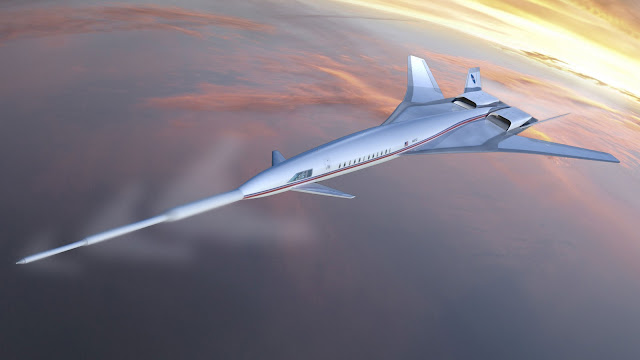Our Universe. How big is it? It is for sure an enormous place! That's not secret. What stay for discussion is just how enormous it is. New research suggest it's a whopper - over 250 times the size of our observable universe - we can only see a really small part of it from our planet with our technology.
Cosmologists believe the Universe takes one of three possible shapes:
1) It is flat, like a Euclidean plane, and spatially infinite.
2) It is open, or curved like a saddle, and spatially infinite.
3) It is closed, or curved like a sphere, and spatially finite.
But, how can we reach that far? We can't. Light from any object outside of the Hubble telescope volume will never reach us because the space between us and it is expanding too quickly. According to the team's analysis, a closed universe would encompass at least 251 Hubble volumes.
Primordial light from just after the birth of the Universe started traveling across the cosmos about 13.75 billion years ago. Since special relativity states nothing can move faster than a photon, many people misinterpret this to mean that the Universe must be 13.75 billion light years across. In fact, it is much larger! Not only has space been expanding since the big bang, but the rate of expansion has been steadily increasing due to the influence of dark energy. Special relativity doesn't factor in the expansion of space itself! Cosmologists estimate that the oldest photons have traveled a distance of 45 billion light years since the big bang. That means that our observable Universe is on the order of 90 billion light years wide.

This NASA Hubble Space Telescope image shows the distribution of dark matter in the center of the giant galaxy cluster Abell 1689, containing about 1,000 galaxies and trillions of stars. Credit: NASA, ESA, D. Coe (NASA Jet Propulsion Laboratory/California Institute of Technology, and Space Telescope Science Institute), N. Benitez (Institute of Astrophysics of Andalusia, Spain), T. Broadhurst (University of the Basque Country, Spain), and H. Ford (Johns Hopkins University)
































